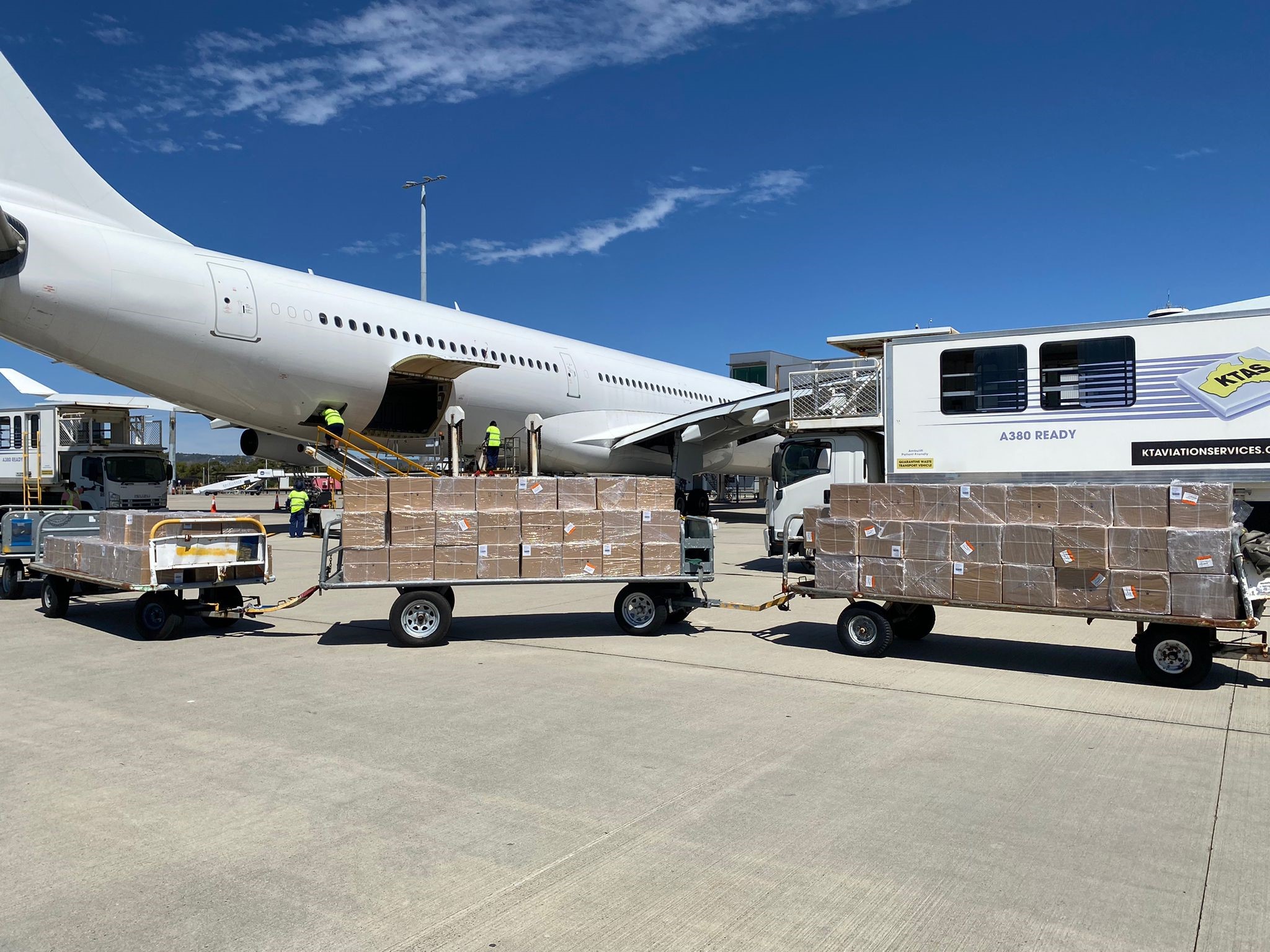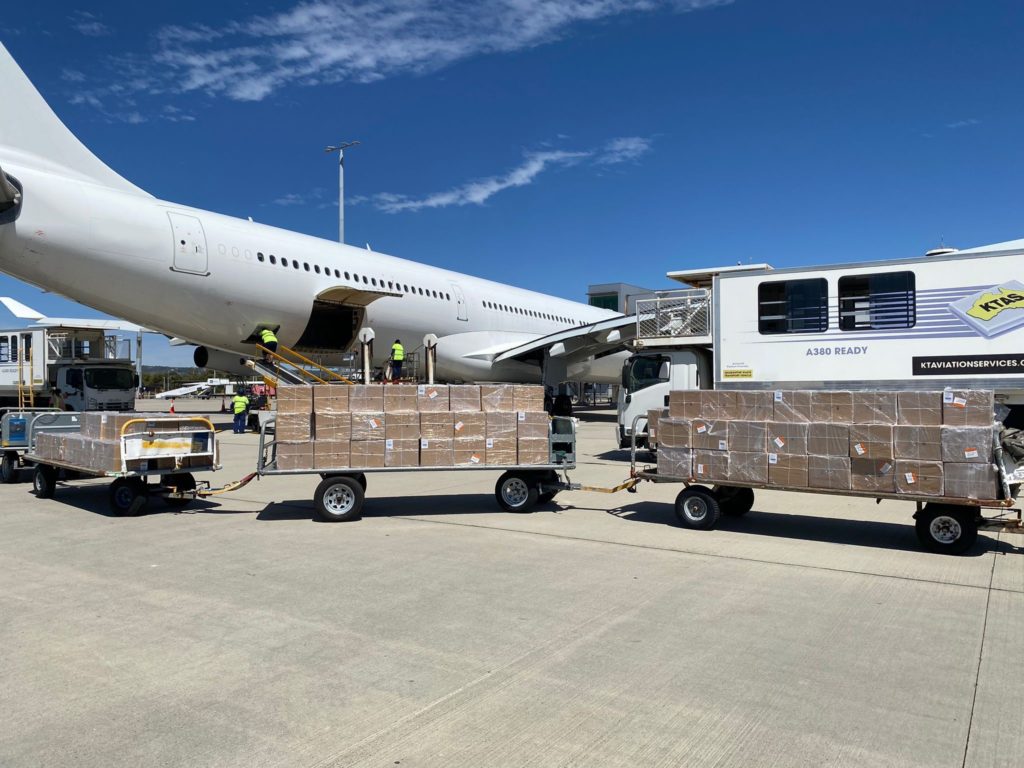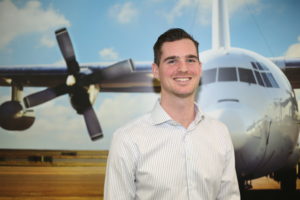

Payload Asia conducts an interview with Jason Bird, head of cargo at Air Charter Service Singapore, to learn more about the company’s Asia Pacific network and the length it goes to, to provide reliable service amidst cargo and supply chain disruptions.
Can you describe ACS’ network in Asia Pacific?
ACS has five offices in the APAC region which are Hong Kong, Beijing, Shanghai, Sydney, and Singapore. Because we have native speaking brokers in all major centres, it allows us to communicate more effectively with both customers, and suppliers. The languages collectively spoken amongst the group include Mandarin, Cantonese, Korean, Japanese, Malay, Bahasa, Vietnamese, Thai and Tagalog. With such a broad scale of local diversity, we also have brokers who have relocated with ACS from other regions including North America & Europe adding additional perspective and disparity.
On average, our region handles 3-4 flights a day for our customers based inside the APAC region. These are all quoted, contracted, coordinated and monitored through a combination of our brokers and our 24/7 flight support in both Hong Kong and at our London HQ.
Last is our hand carry and time critical service in the region. Although headquartered by our team in Frankfurt we have an extensive database of couriers in the APAC region allowing us to offer competitive time-critical options to not only our customers in APAC, but also globally.
 Which routes and what types of aircraft are seeing great demand for charter services? Why so?
Which routes and what types of aircraft are seeing great demand for charter services? Why so?
We are still seeing a good mix of freighters and Passenger to Freighter (P2F) aircraft being utilised. It’s impossible to predict how long the P2F market will sustain for, but I think it’s safe to say they will play a vital role in the air cargo industry for at least Q2 & Q3 of 2022. South East Asia to the US is always a popular lane and the demand has remained strong through the first quarter of 2022. Australia was another popular destination as the push for test kits arose following their COVID outbreak in December/January, combined with their easing of restrictions in the last few weeks.
What’s your outlook on air cargo? What kind of investments is ACS planning in Singapore?
I would say air cargo is not quite at the peak it was mid-pandemic but still treading at very high levels. There are subtle signs of the industry normalizing again, but I would not expect rates or capacity to be at pre-pandemic levels for at least another 12 months. Very difficult to predict with so much uncertainty with the crisis in the Ukraine and COVID restrictions in China and Hong Kong which affect a lot of the capacity in the region. ACS Singapore is growing at a rapid pace as our local presence in Singapore has accelerated our business quicker than anticipated. We have plans of doubling our headcount in the next 12 months and moving to a larger long-term office space.
What are the main challenges in conducting charter operations? How do you address these challenges?
Main challenges with a charter operation are typically delays in the schedule, which in turn can throw off pre-arranged handling, slots, pick up/drop off, etc. What we do on every charter is keep tabs on the tail number at least two to three days prior to the flight to ensure the flights leading up to our charter are on time. If they are not, it gives us the ability to remain one step ahead of the possible delay and liaise with the affected parties. We also keep in close contact with handling agents and any other third parties involved to make sure ample notice is given to avoid future issues or delays. Another challenge we often face are operational restraints at remote airports or airports that don’t often handle cargo-only flights. I once had a forklift break down an hour prior to the aircraft’s arrival. With no other resources available at this small airport, at 3am I managed to find a factory 50 miles away who was willing to ‘lease’ a forklift to us so we were able to offload the urgent cargo. I also arranged for the truck to deliver and return the forklift.
What can you say about Changi Airport’s modernization and air cargo community?
Changi Airport is incredible. Sadly, I have only lived in Singapore for about two years, so my experience in the passenger terminal is minimal but from my few visits it’s been nothing short of spectacular. On the cargo side, the Changi Cargo Complex is also very state-of-the-art and extremely efficient. We’ve had pleasant experiences working with both Dnata and SATS, both of which operate quite a flawless operation. It’s been impressive meeting so many knowledgeable and experienced partners, customers and colleagues in the air cargo industry. With Singapore being such a big gateway for many large forwarders in South East Asia, the quality of staff and local talent is noticeable.
Amidst disruptions and flight bans, how is the company looking to capitalise on the current business environment?
With current flight bans it obviously means less supply in the market. We are not reliant on one specific carrier at any time, so for us it is business as usual with continuing to produce creative, out-of-the-box thinking and solutions for our customers that cannot be found elsewhere. In terms of capitalising on the environment, I think it is just an opportunity for us to work more with airlines we would use less-frequently, which is a good thing for us.
What are the plans for future growth?
In Singapore specifically, our main focus is maintaining a high level of service for our existing customers, which will help us continue to grow our headcount as we plan to double our staff in the next year. We’ll do this by investing in recruiting to ensure we continue hiring top local talent, and then guide them through a training program to ensure the level of service & expertise we demand is at the forefront of every new customer we have on board. We would also like to continue adding bilingual staff so we can serve more customers on a local level.









